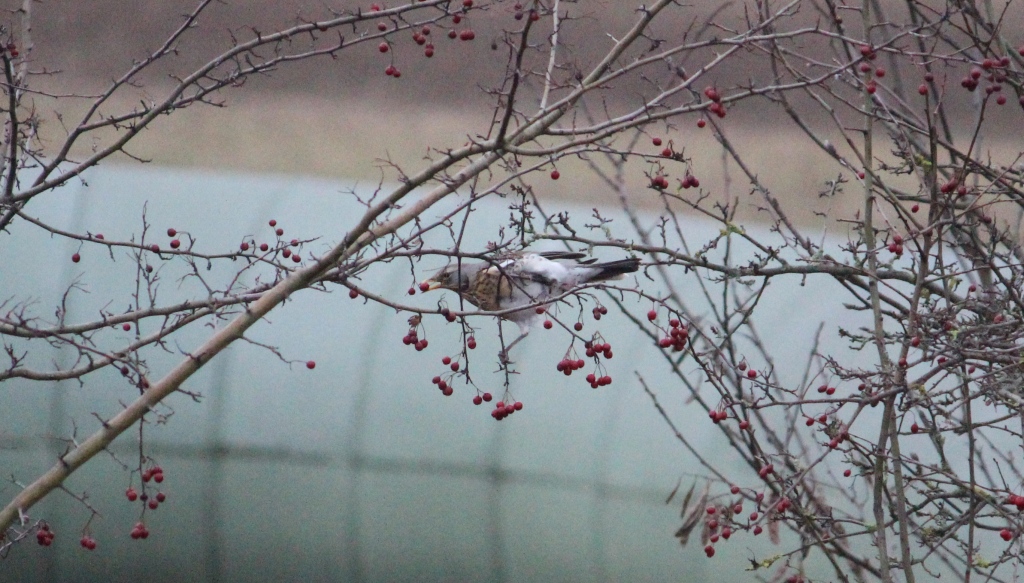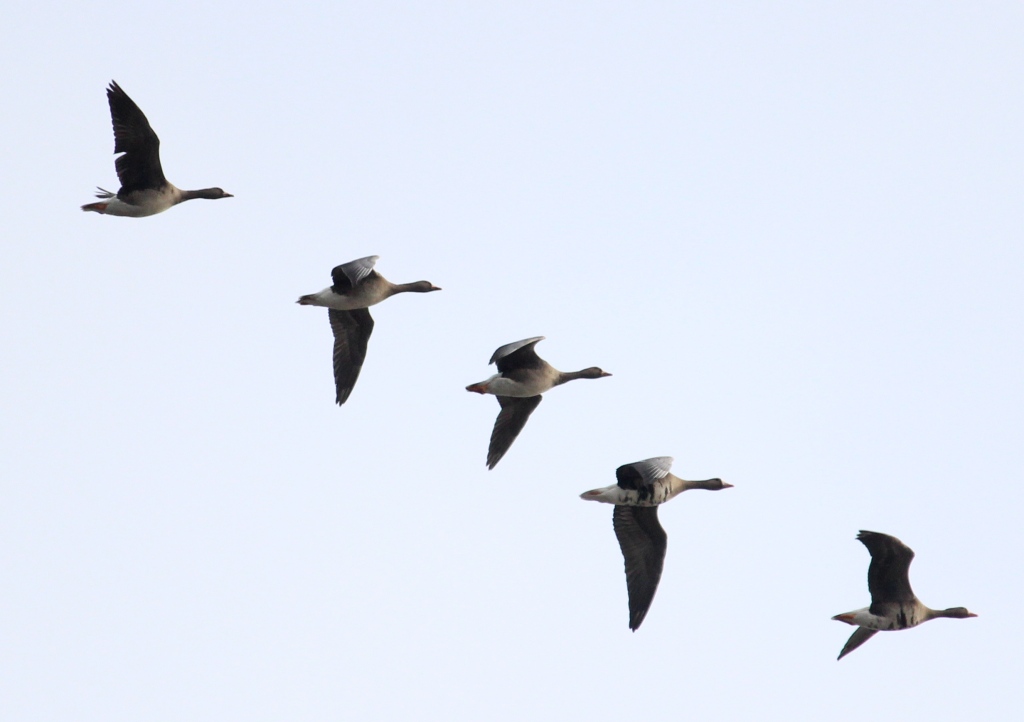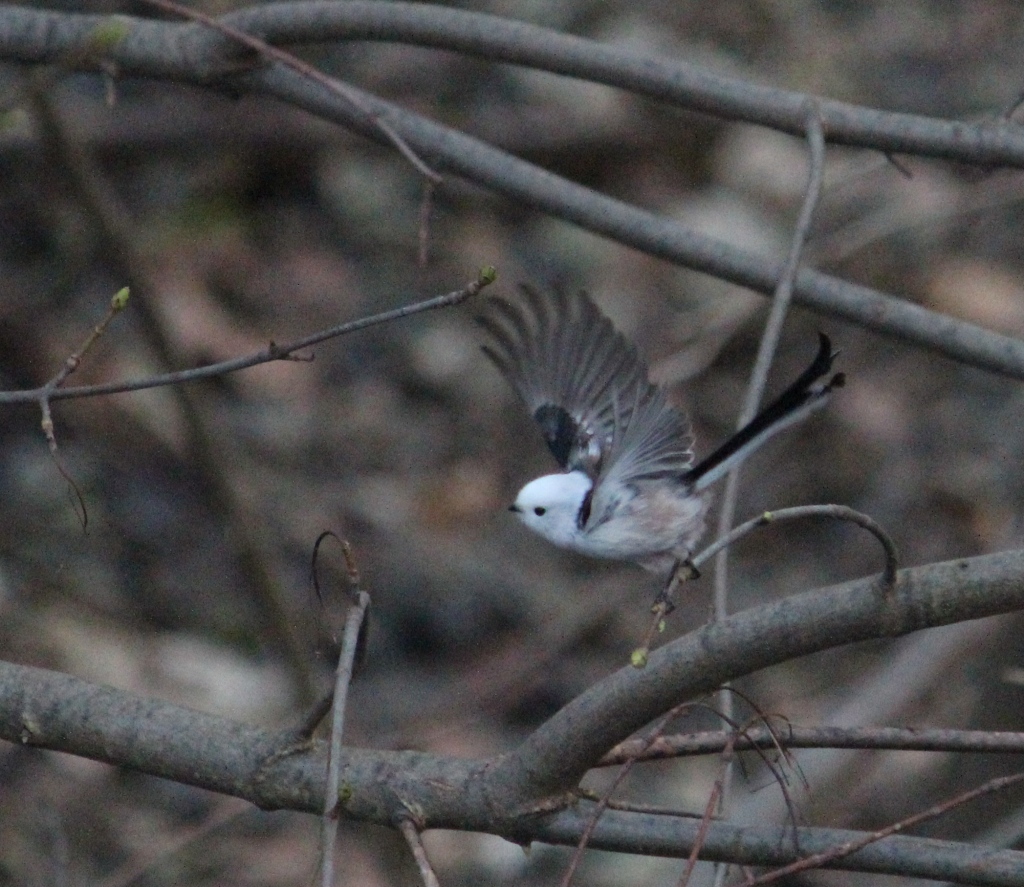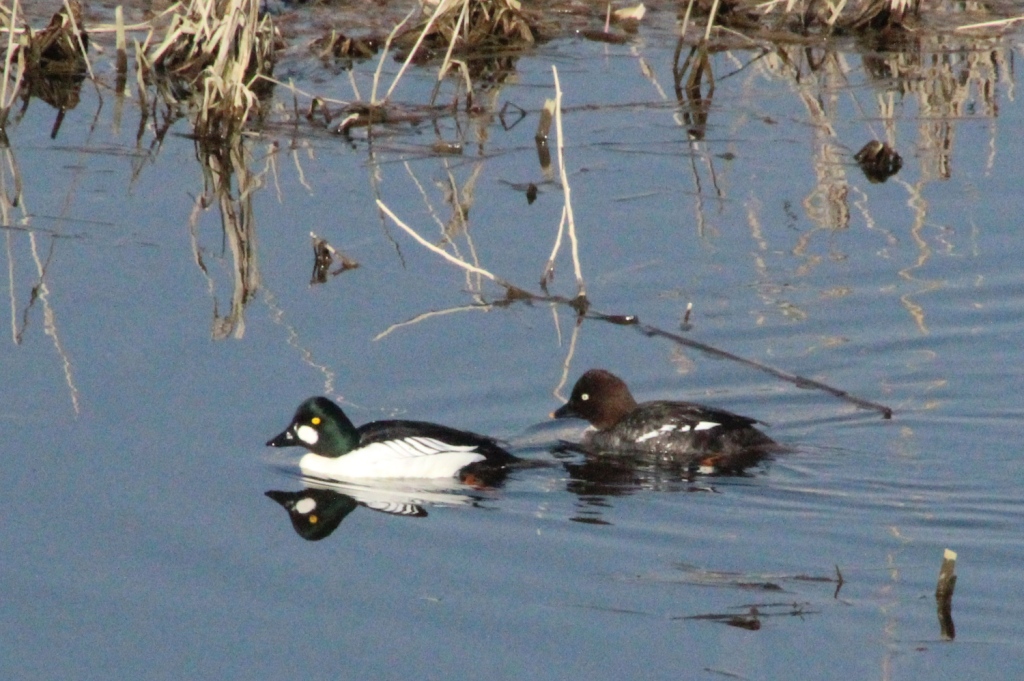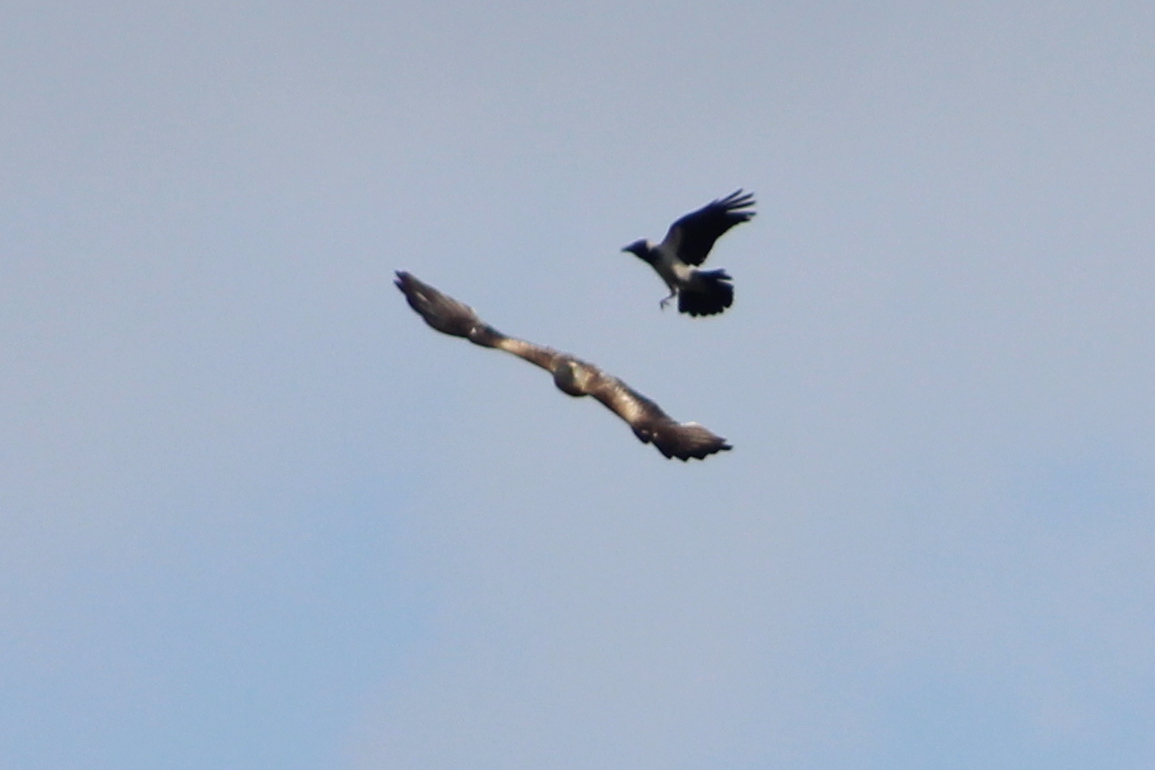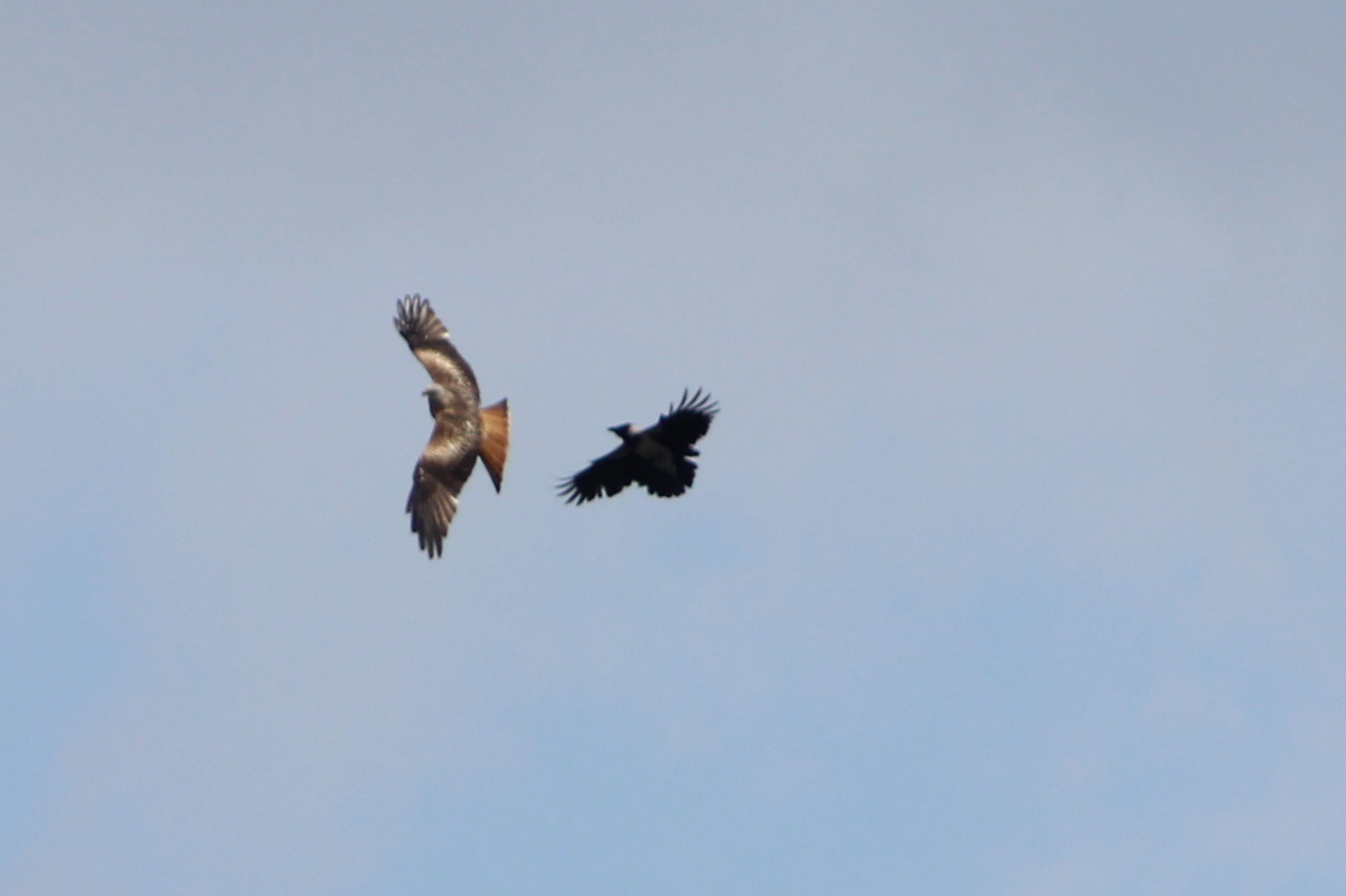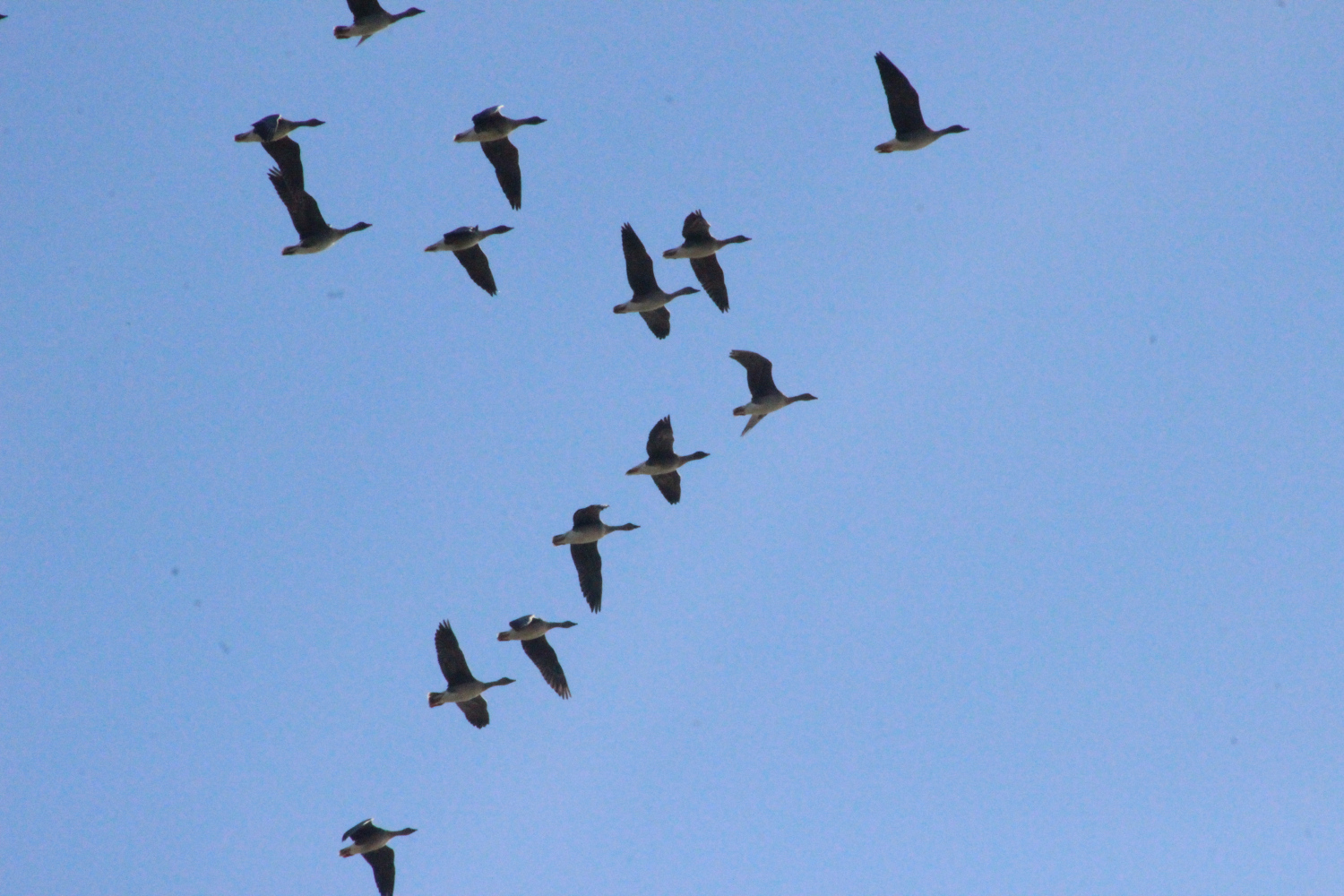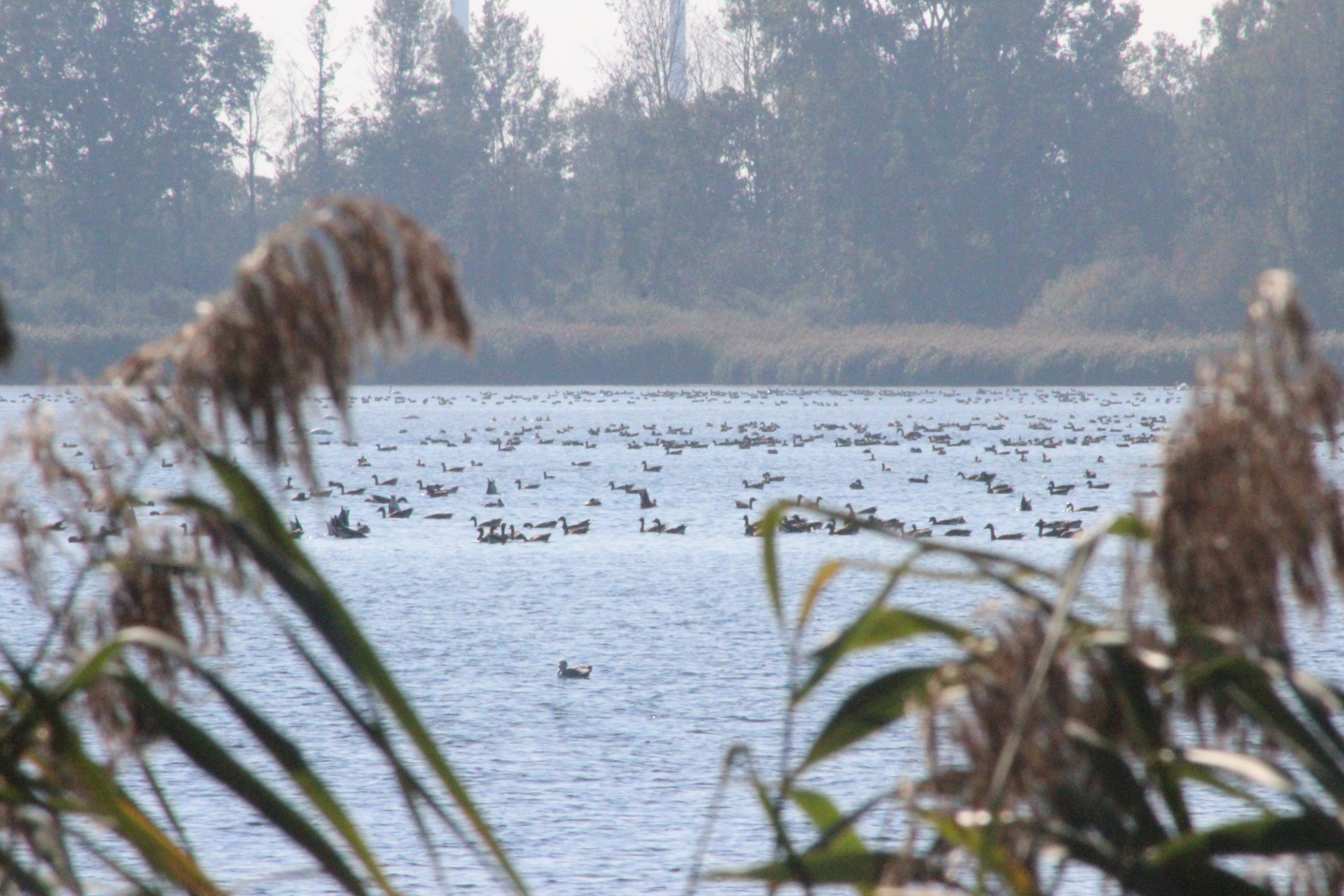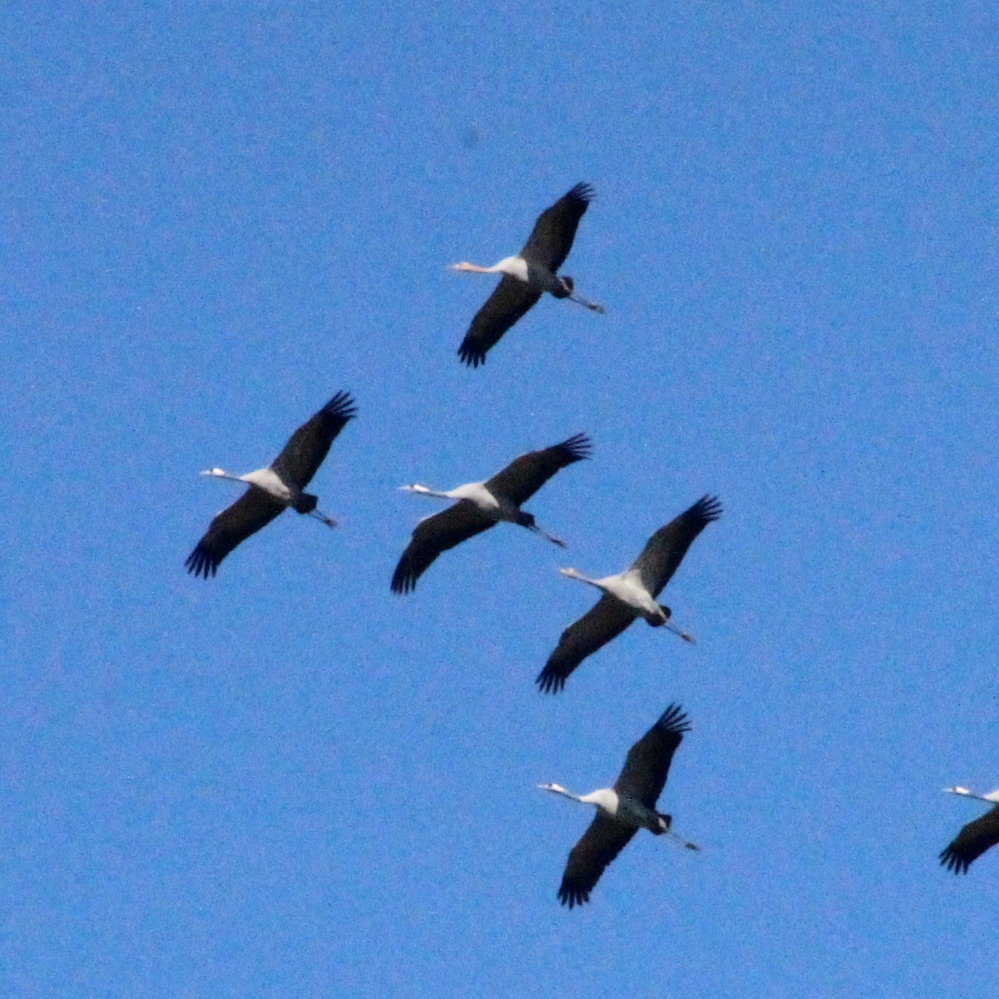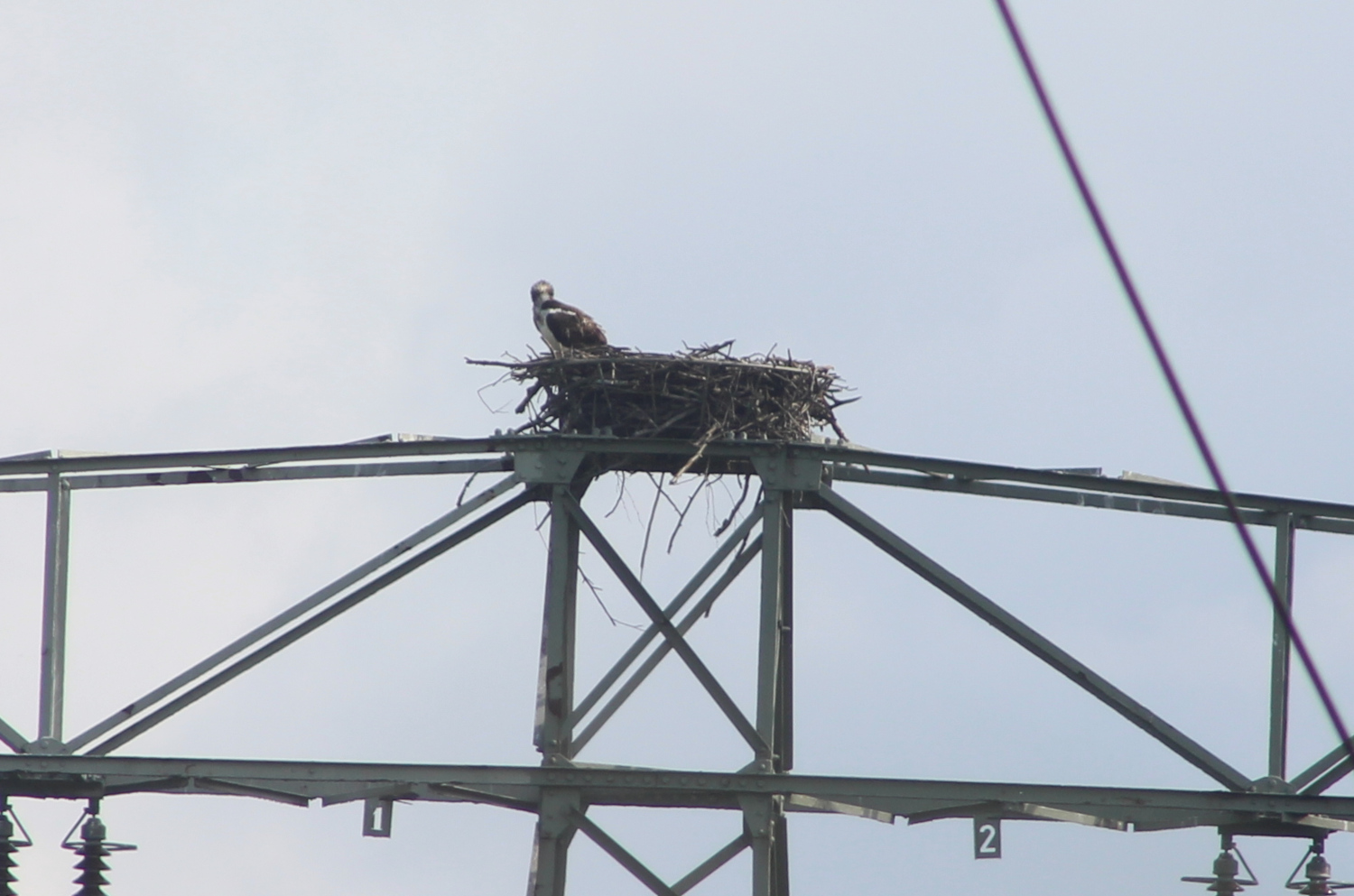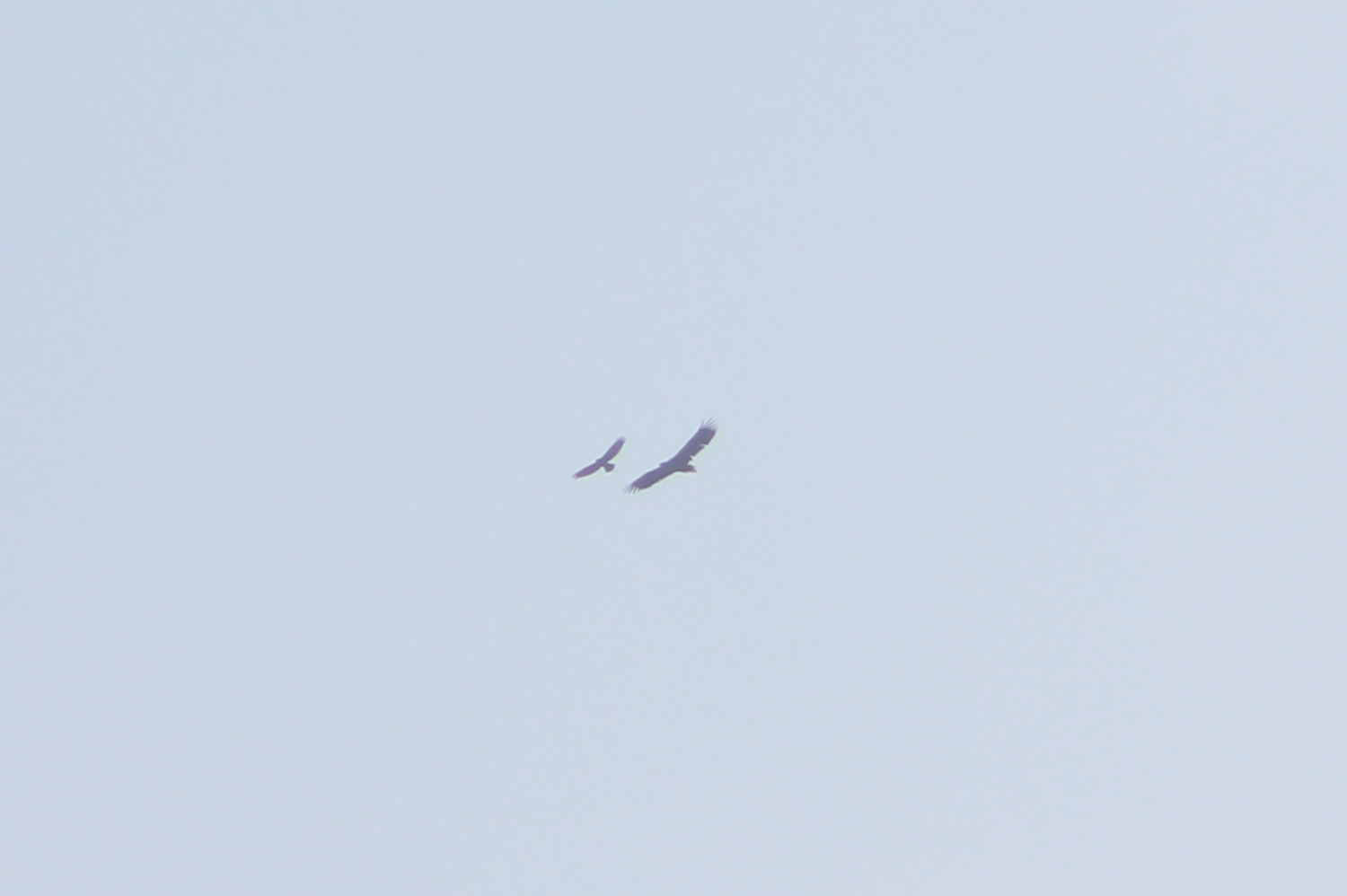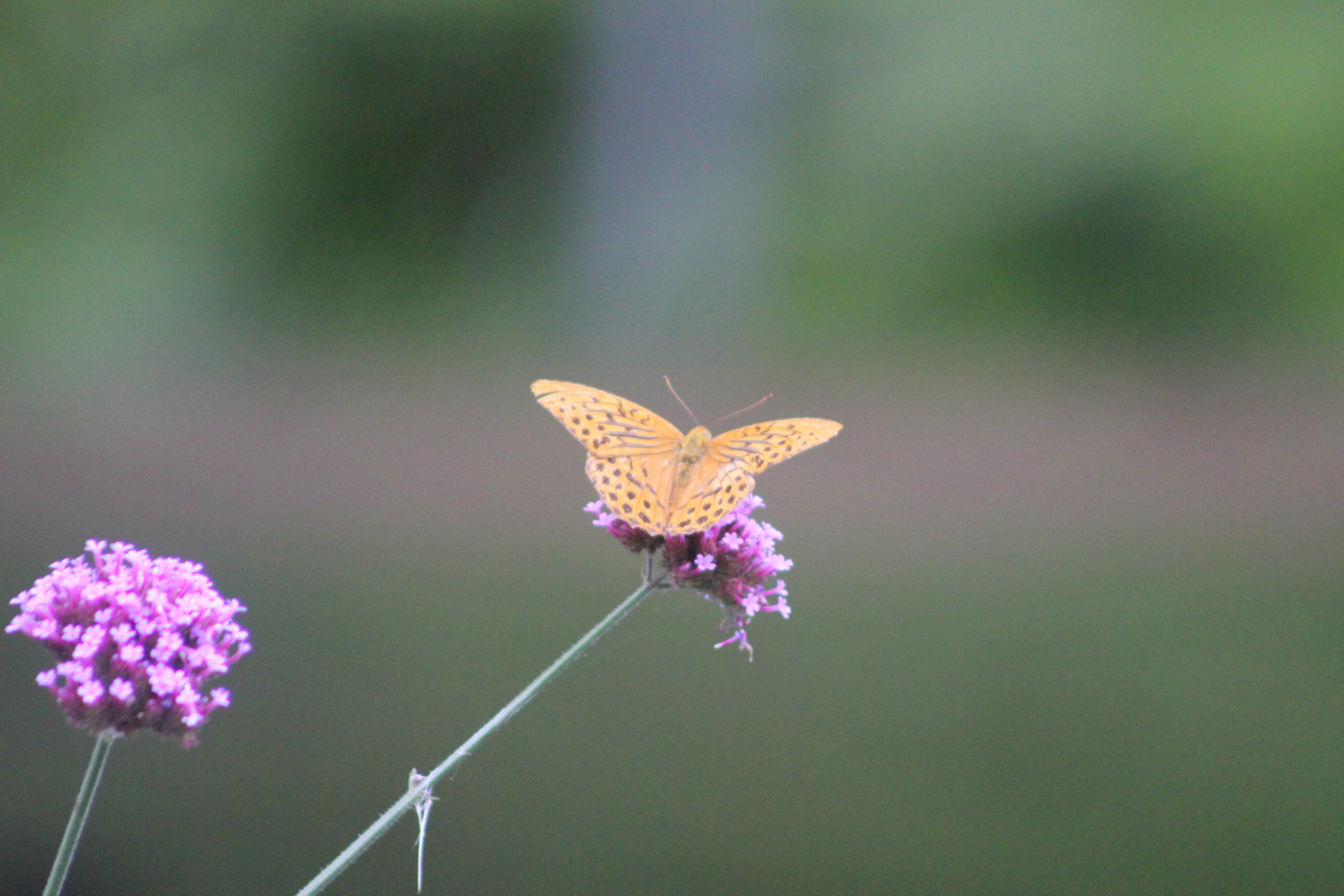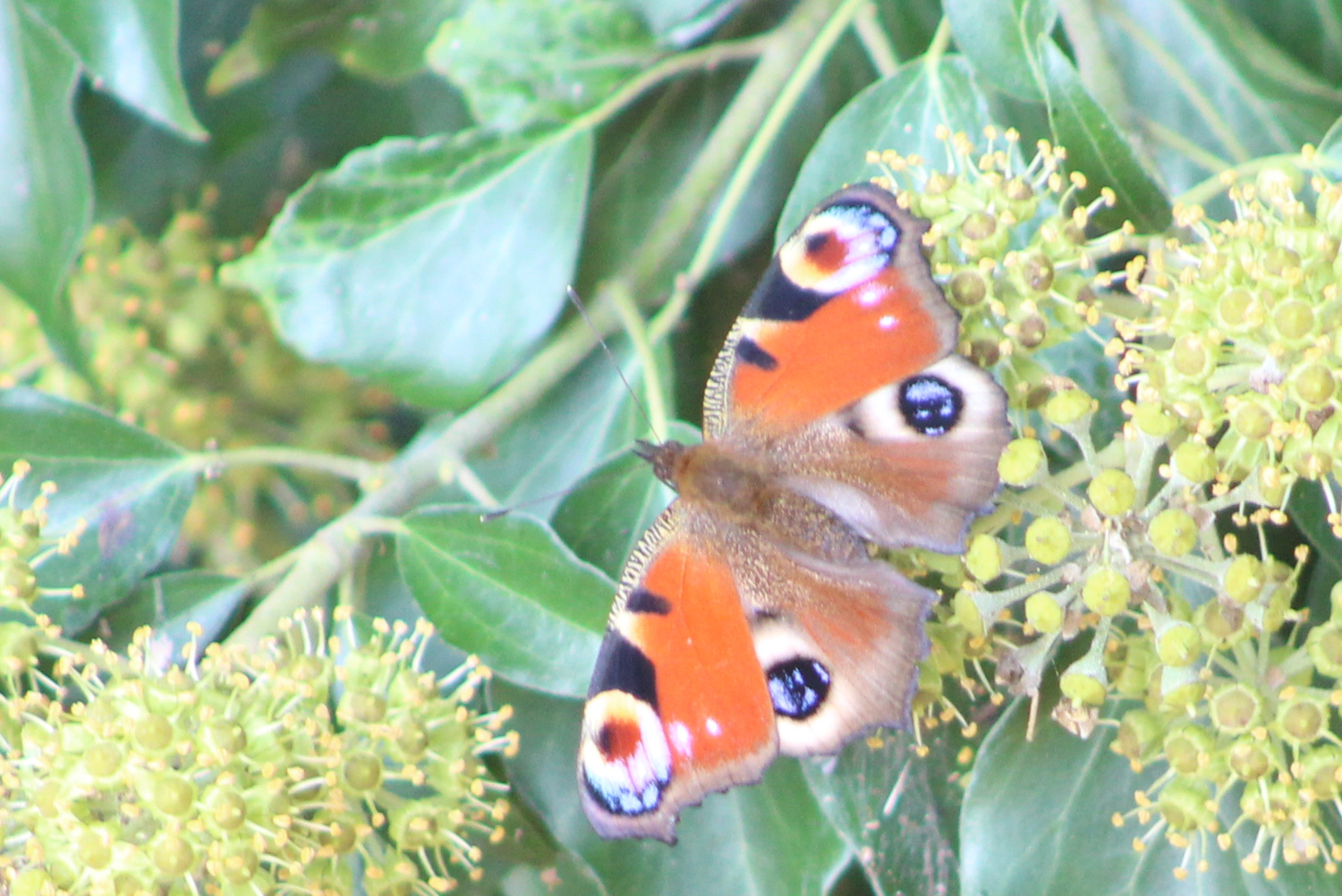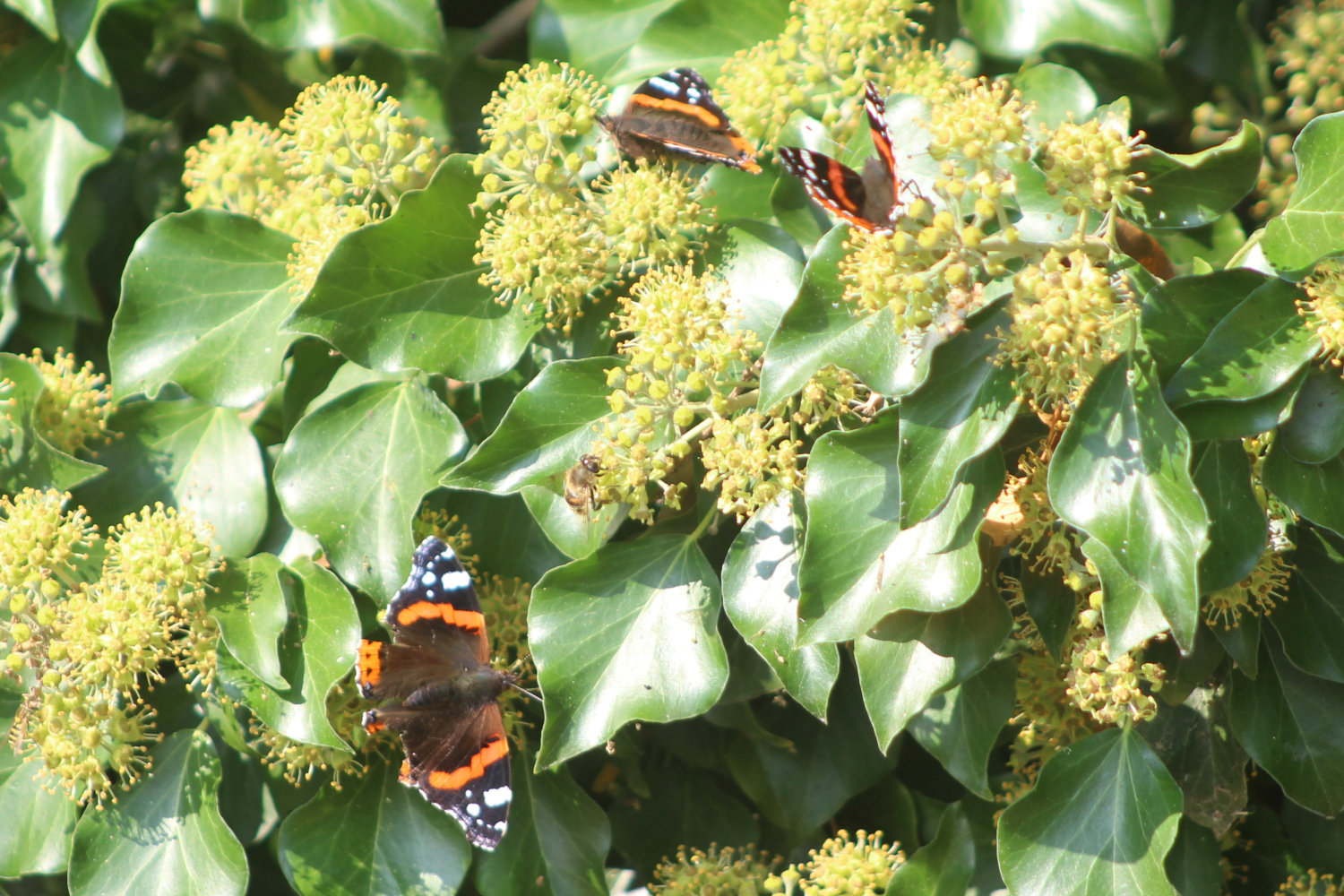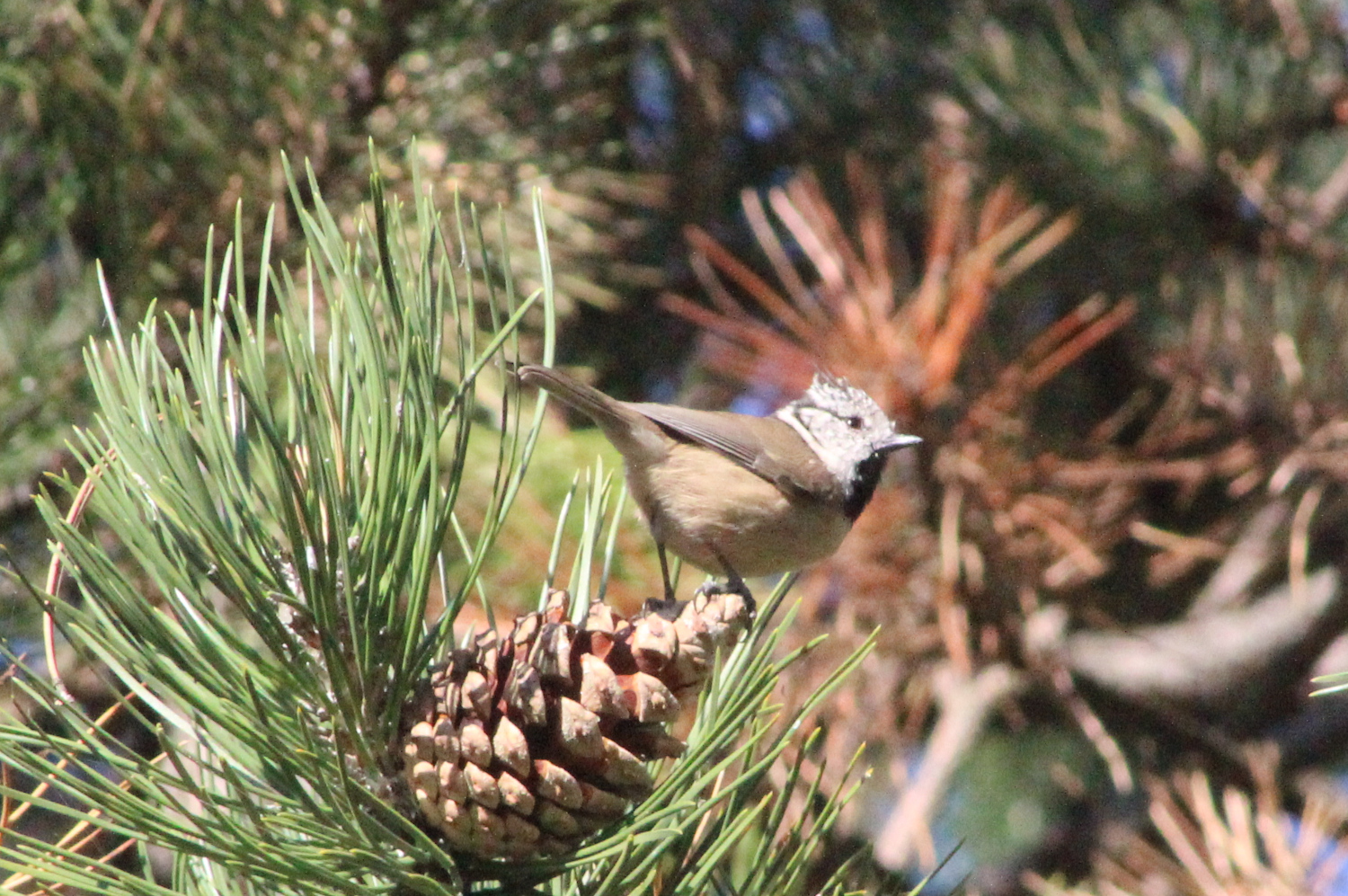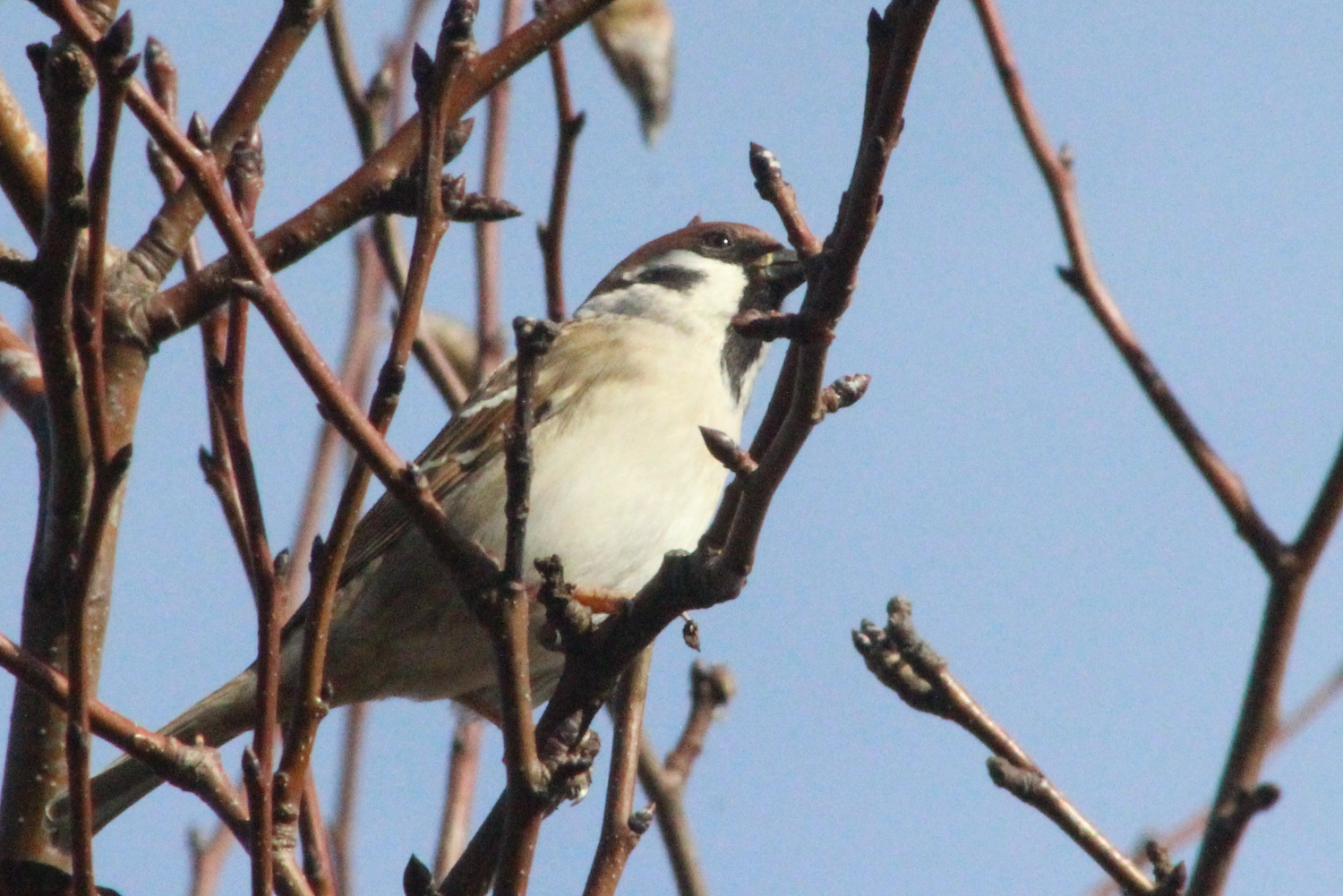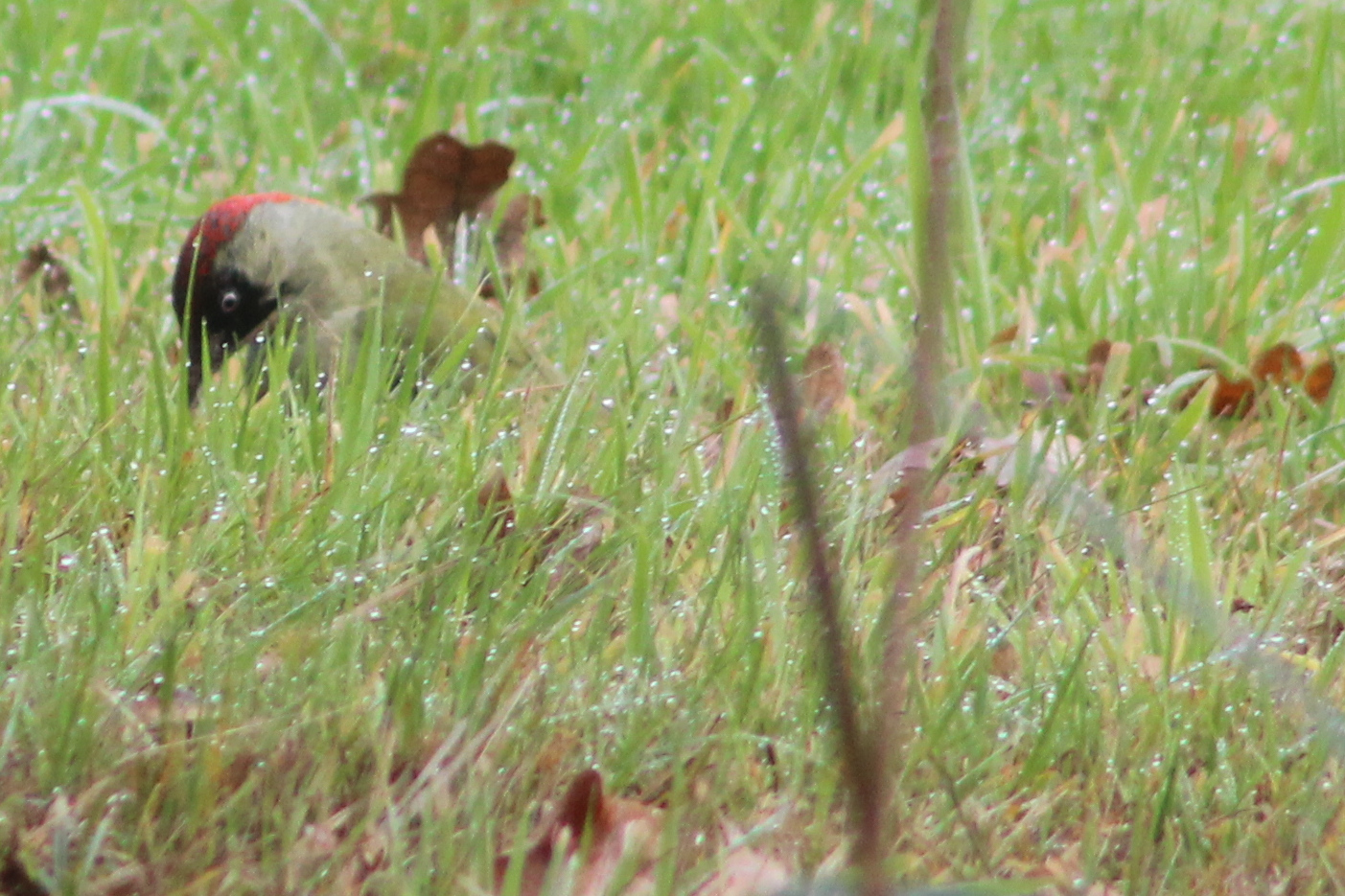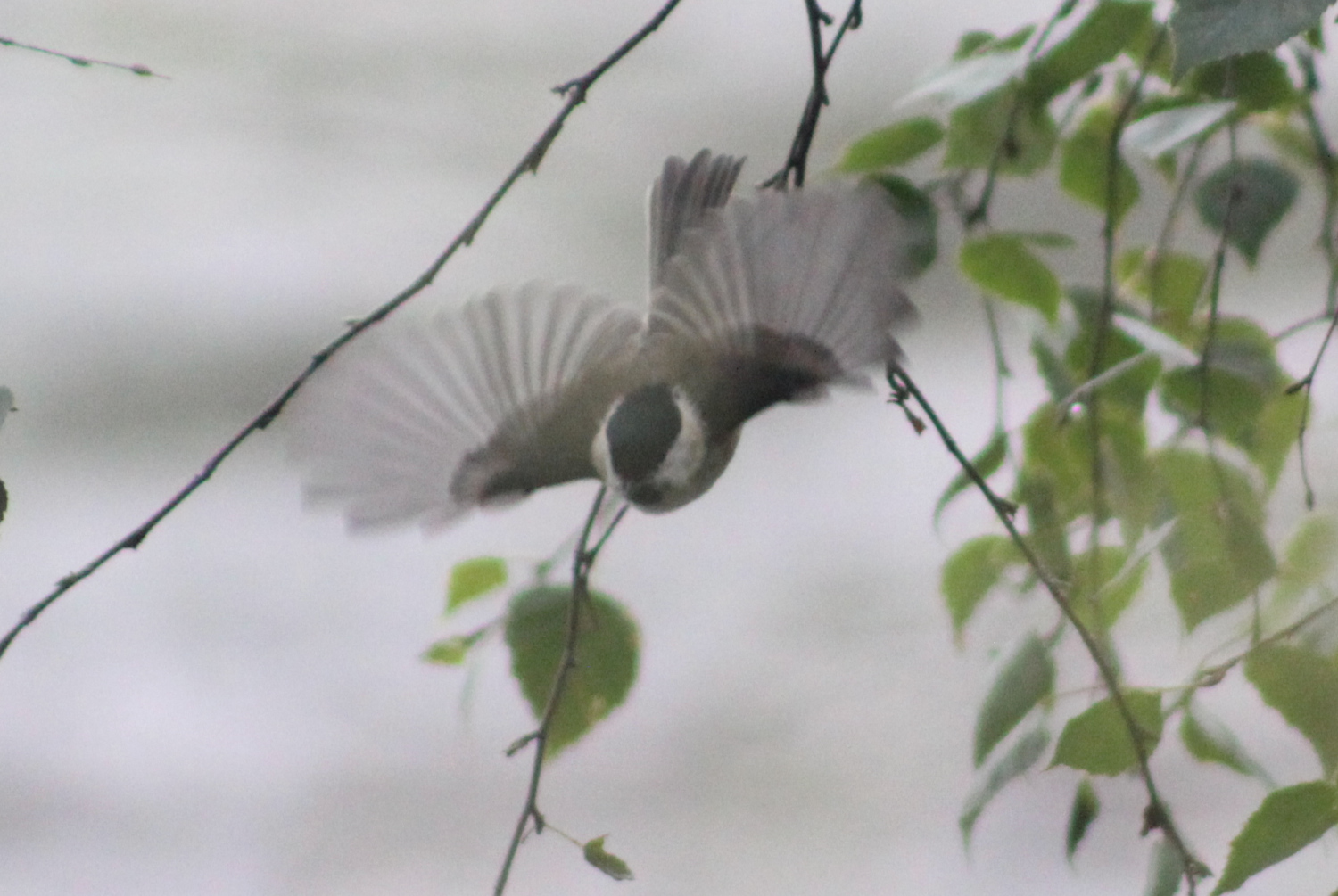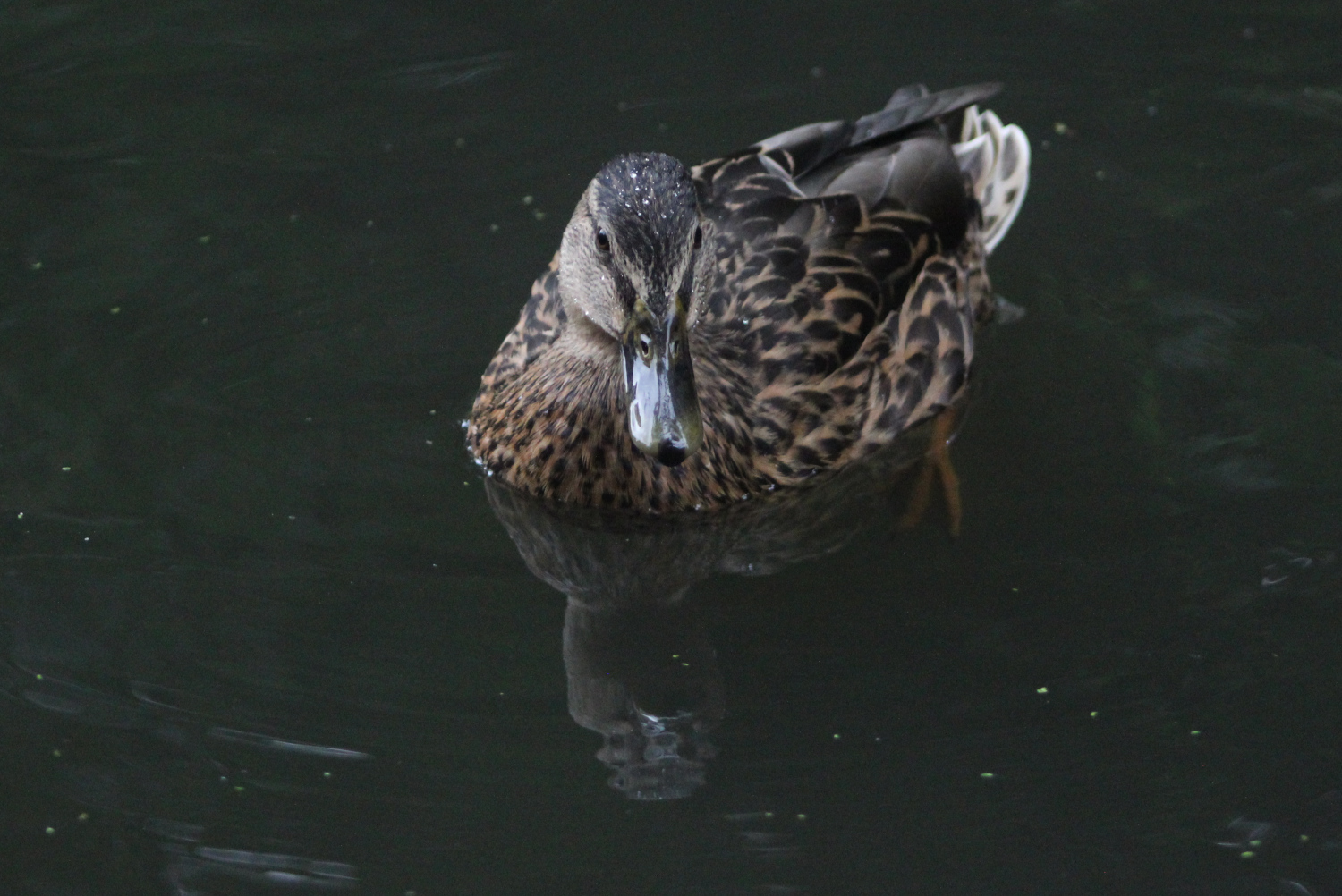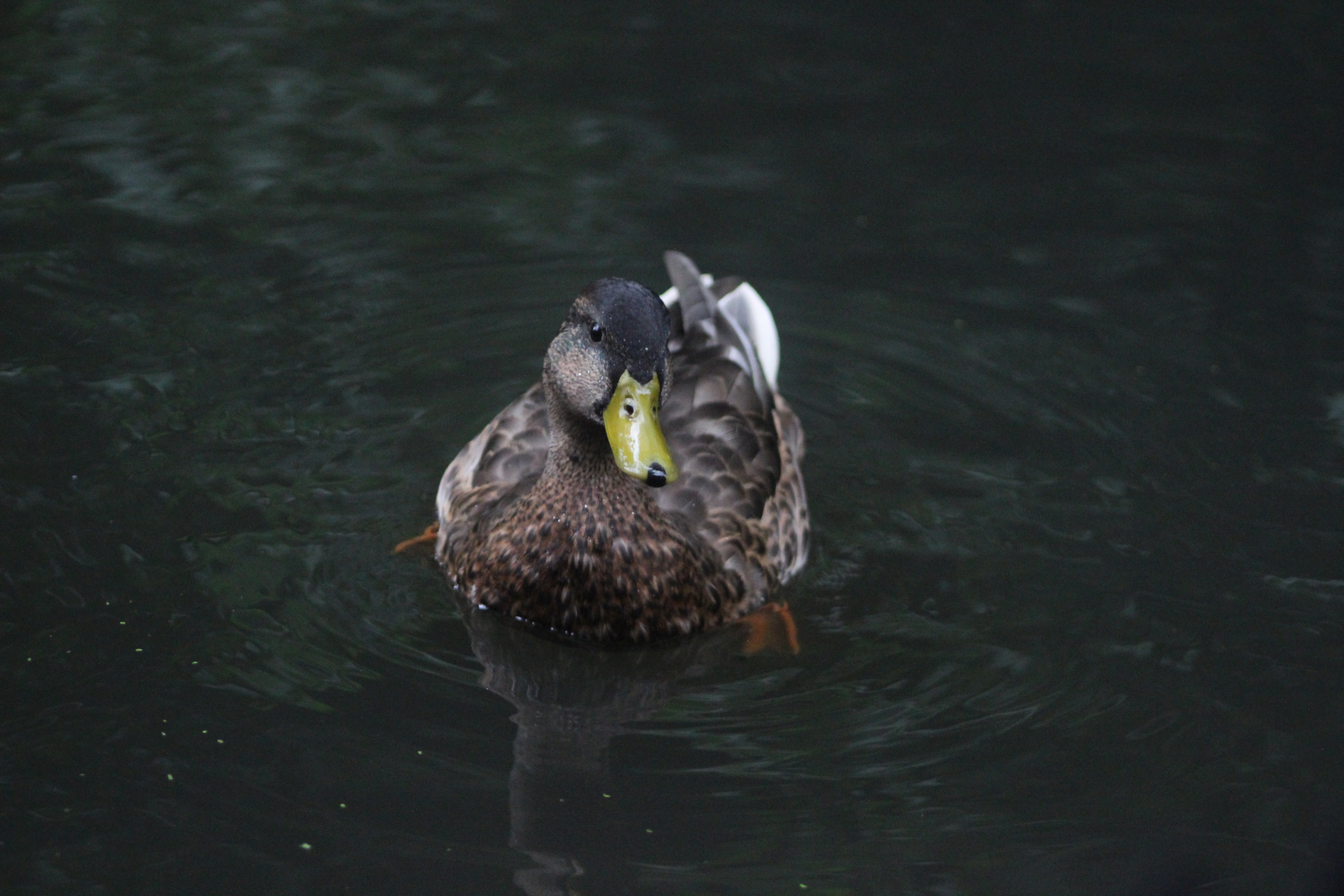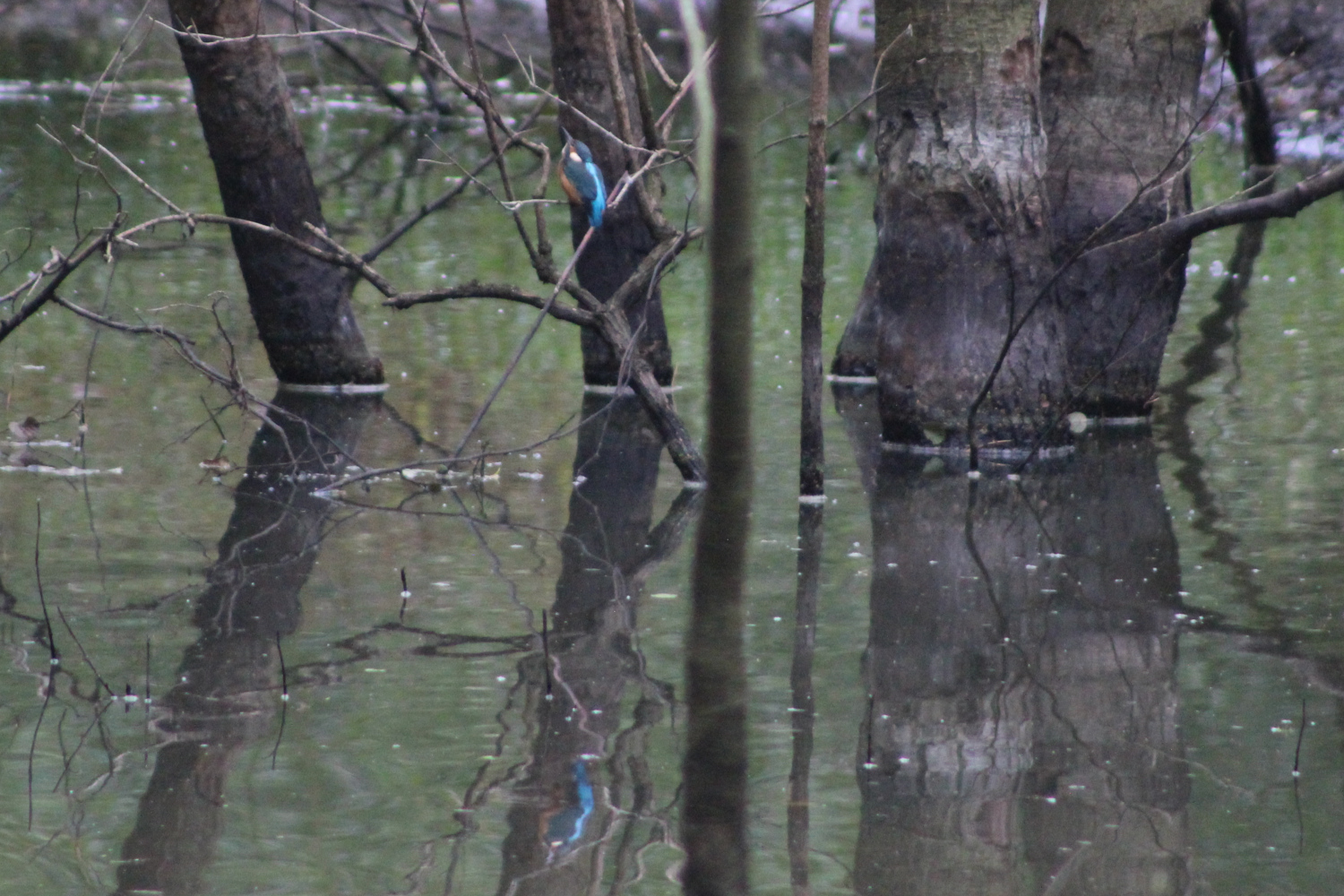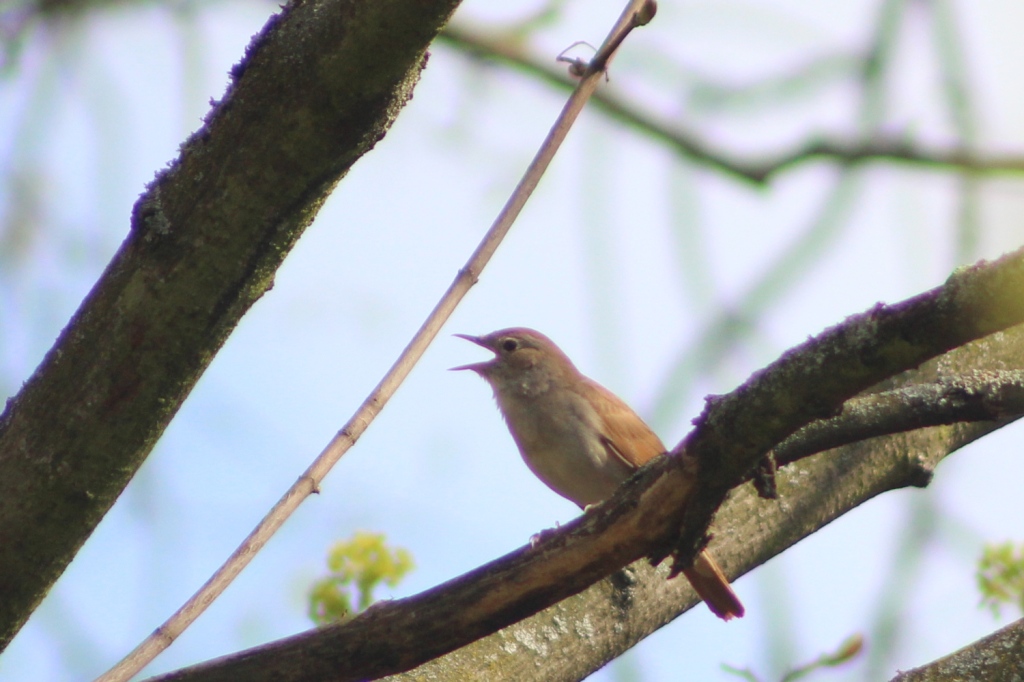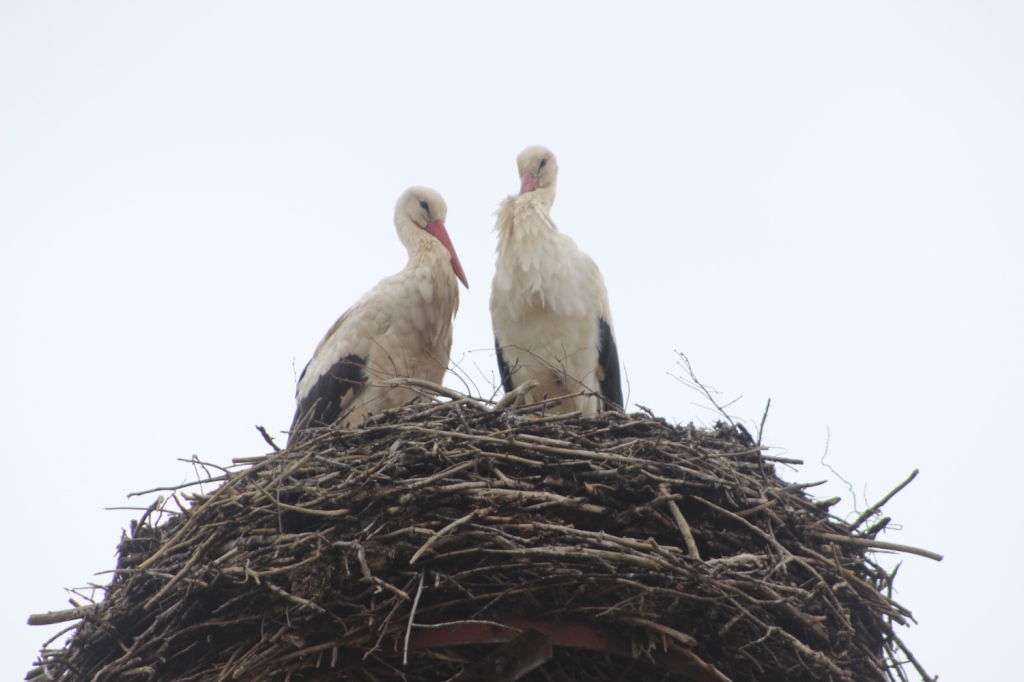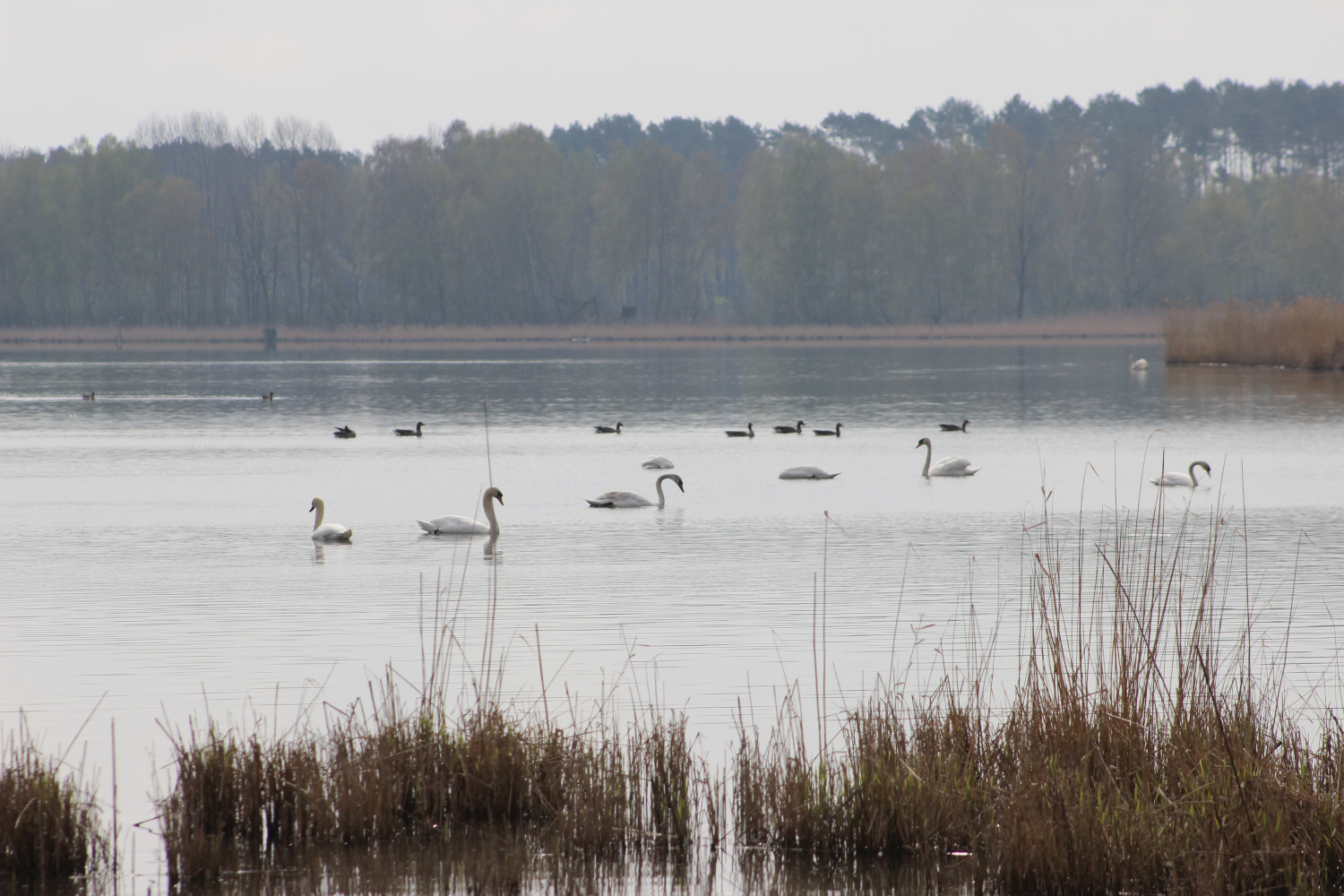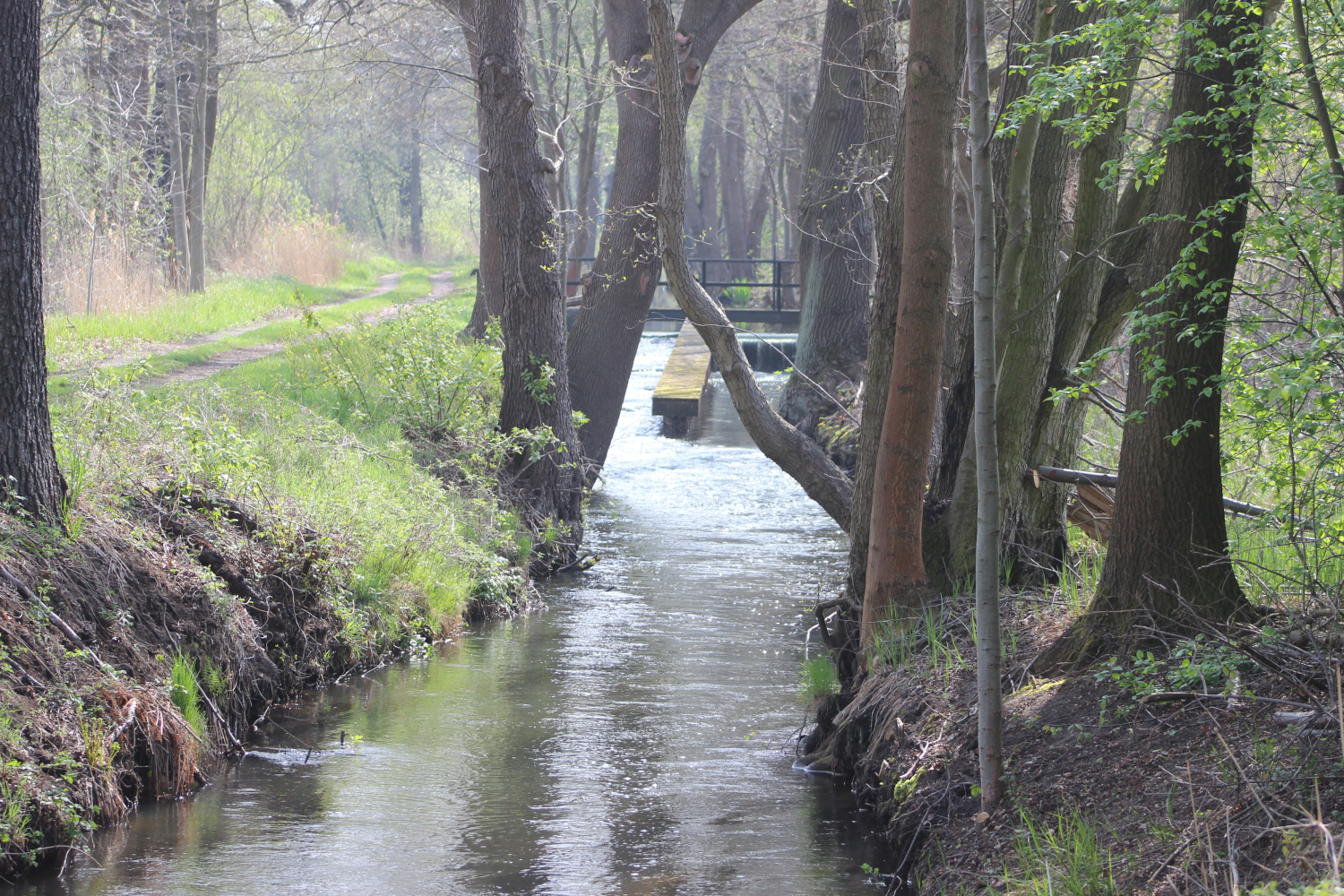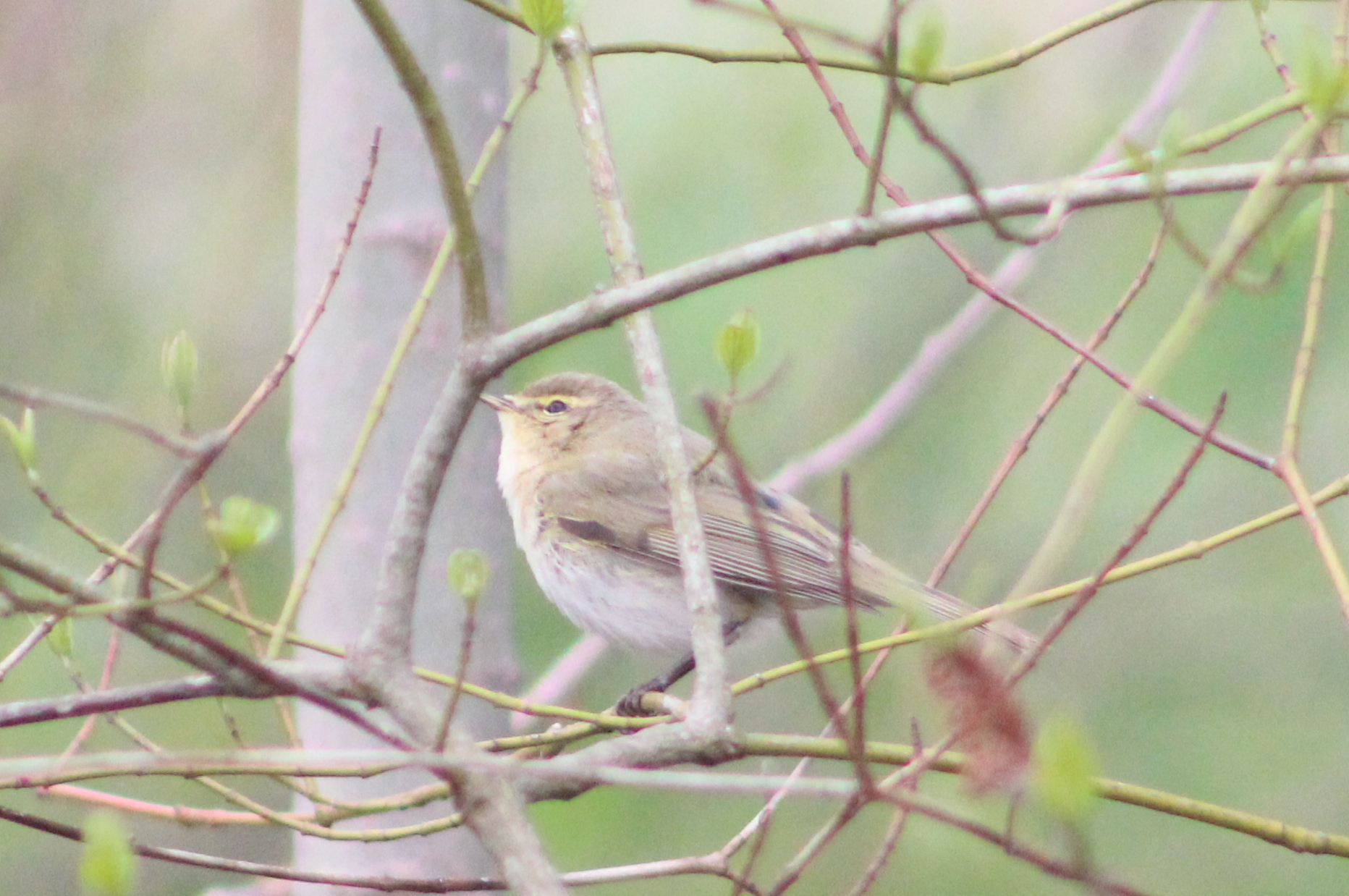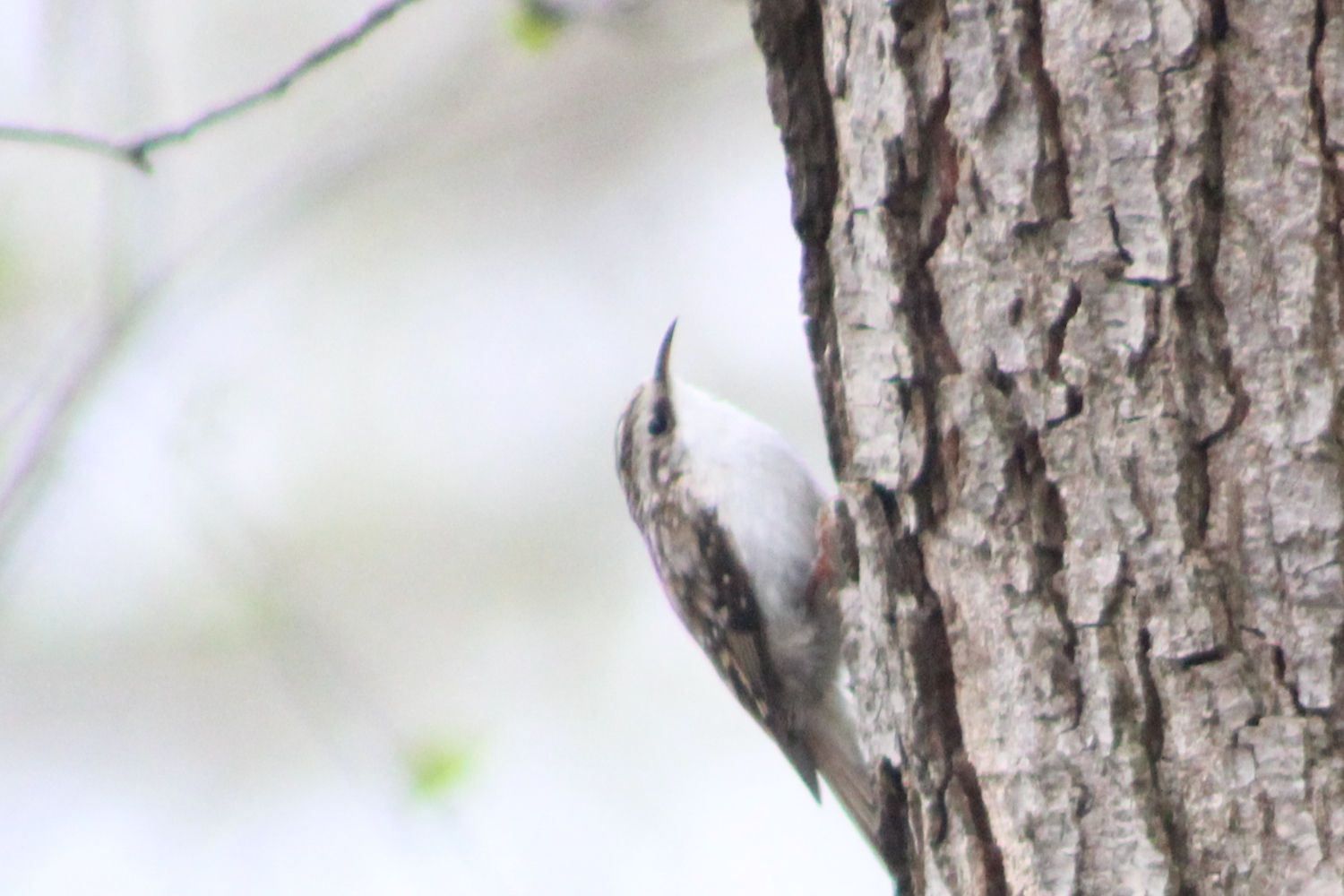Dear reader, I know. It’s been a while and I apologize. However, I was out exploring what has now been my home for more than half a year. And there’s just so much to see, even if the wolftracks turned out to be racoons in the end. I’ll perserve and one day, hopefully, you’ll get to read a proper good and positive Brandenburg wolf story.
In this area, called Niederlausitz in German, there are many former open cast mines which are now being transformed into lakes. This is not the best idea for rewilding because of the enormous evaporation in what is a rather dry part of Germany. On the bright side, many of these former mines are now protected and so, slowly, wildlife is returning. In this post, you’ll get some impressions of what I’ve been out to see during the last few months in terms of small birds and insects. In the next one, wait for the big raptors.
In the wetter and older parts of the forests, there’s plenty of ivy. This attracts vast numbers of pollinators, the butterflies here being just some examples. On one tour, I had a Purple Emperor sitting on my hand, probably keen on minerals from the sweat.
In the pine forests, I learned to recognize the song of the Crested Tit and now they are just everywhere. It’s wonderful how learning a new birdsong opens up the world. In the meadows, Green Woodpeckers are almost always there while the Tree Sparrows are a bit less common. I also spotted my first Corn Buntings ever and saw or often just heard some birds which I had never knowingly encountered before: Wood Warbler, Garden Warbler, Icterine Warbler and Woodlark. All of this happened with the help of an app called BirdNet.
One of the main landscape features of the region is the riparian forest, the Spreewald. The main river, the Spree, divides into countless small arms and rivulets and it also feeds canals. There’s plenty of wetlands plus small ponds. There are also plenty of mosquitos during the summer which provide ample food. If the Marsh Tits actually feed on them, I don’t know though. The Mallards are probably happy with all kinds of nutrition.
We had heard that Kingfishers should be around here too, but it took us several months until we spotted the first one. The last harsh winter might haven taken a toll on them. In any case, it is always a joy to spot one, or two. What do you think?
